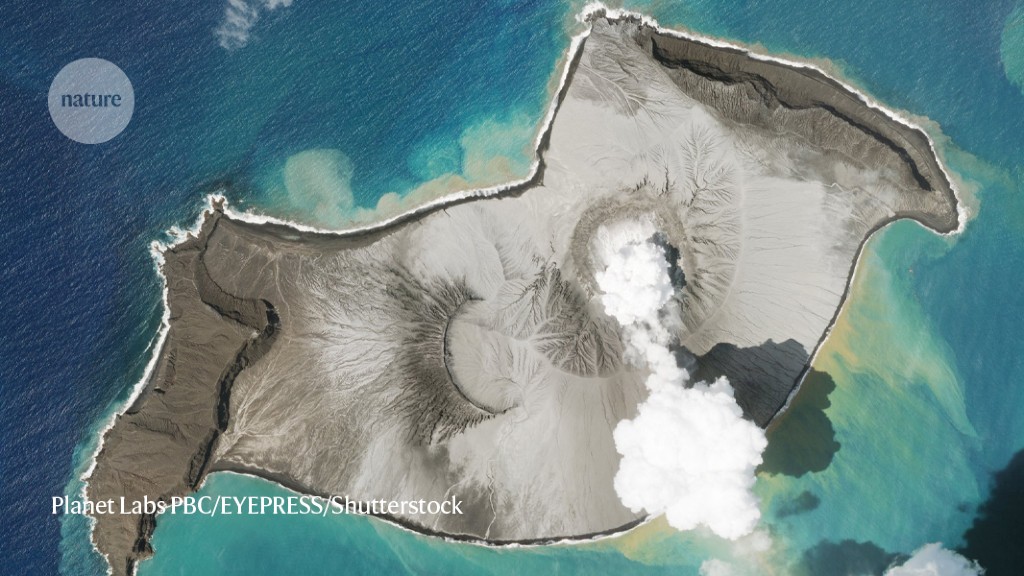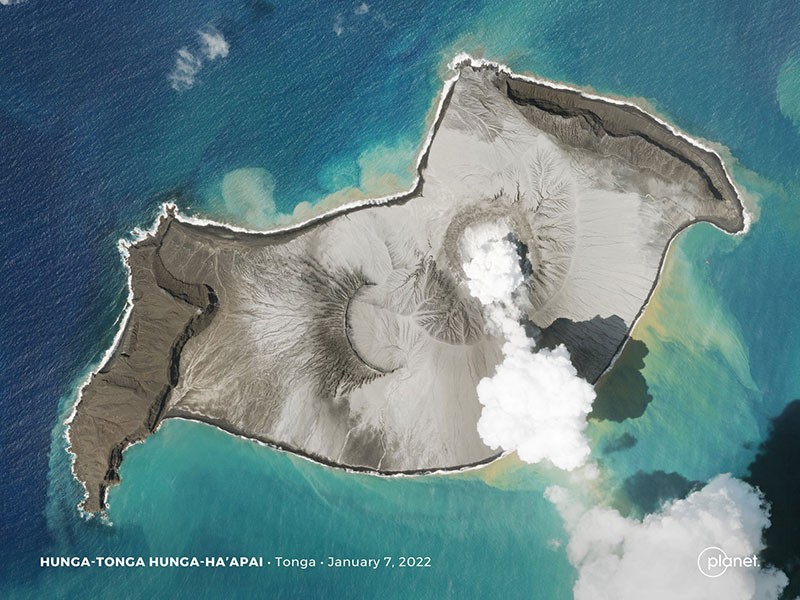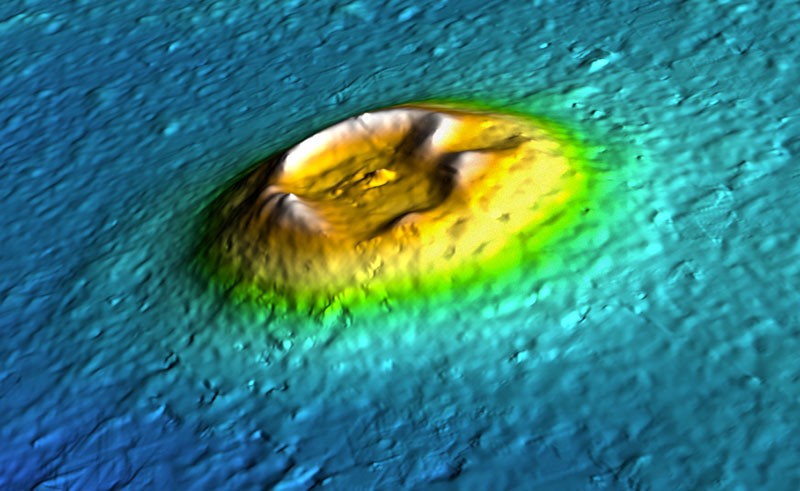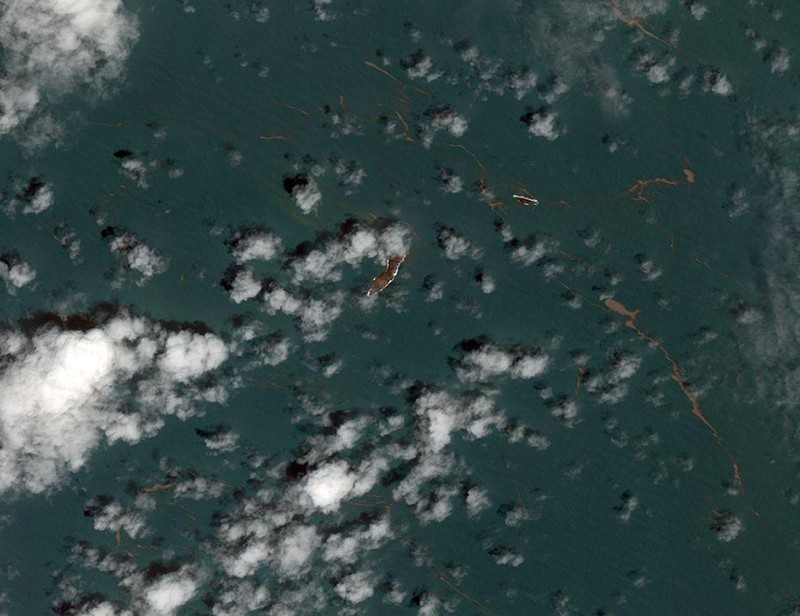NASA scientists say that the eruption of a submarine volcano in Tonga is helping them to understand how features formed on the surfaces of Mars and Venus.
The unusual explosion — which has been calculated at more than 500 times the force of the atom bomb dropped on Hiroshima, Japan, in 1945 — is offering researchers a rare chance to study how water and lava interact.
Studying the Hunga Tonga–Hunga Haʻapai volcano and its evolution in recent weeks is “important for planetary science”, says Petr Brož, a planetary volcanologist at the Institute of Geophysics of the Czech Academy of Sciences in Prague.
The knowledge “might help us to reveal results of water–lava interactions on the red planet and elsewhere across the Solar System”, he says.
Front-row seat
The volcanic island, which began to form from ash and lava expelled from an undersea volcano in early 2015, piqued the interest of researchers including James Garvin, chief scientist at NASA’s Goddard Space Flight Center in Greenbelt, Maryland, because of its similarity to structures on Mars and possibly also Venus. “We don’t normally get to see islands form,” explains Garvin, but this one offered “a front-row seat”.
Volcanic islands typically last for just months before being eroded away. But Hunga Tonga–Hunga Haʻapai survived for years, allowing Garvin’s team to use satellite observations and seafloor surveys to study how such islands form, erode and persist1. The researchers wanted to use that knowledge to understand how small conical volcanoes found on Mars may have formed in the presence of water billions of years ago.
Submarine eruptions differ significantly from those that occur on land, and can produce different landforms, says Brož. The presence of large quantities of sea water can make the explosions more violent, while also rapidly cooling the lava and restricting the amount of gas emitted from it.
Many volcanoes on Mars are thought to have erupted with steady flows of lava, but some could have been explosive, like Hunga Tonga–Hunga Haʻapai, says Joseph Michalski, a planetary scientist at the University of Hong Kong.
The marine environment also mimics some aspects of the low-gravity settings on small planets such as Mars and “can shed unique light on Martian features that formed in lower gravity”, he adds.
Little left of island
Last weekend’s violent explosion was preceded by a series of small eruptions starting in December, which increased the size of the island. That excited Garvin’s team. The researchers were in the process of submitting a paper describing the island’s slow erosion and a theoretical model for what makes it so stable — but “then BOOM. We had to hit reset,” says Garvin.
Teams around the world are now monitoring the island using optical, radar and laser satellites to measure what is left. The International Space Station’s Global Ecosystem Dynamics Investigation instrument has also collected data, says Garvin.
The vast majority of the island is now gone, says Daniel Slayback, a geographer at the Goddard Space Flight Center, who has visited Hunga Tonga–Hunga Haʻapai. “It’s kind of shocking to see,” he says. “It’s pretty dramatic.”
Garvin is hopeful that the giant chamber of magma deep under Earth’s crust that formed Hunga Tonga–Hunga Haʻapai will eventually create another island for researchers to study. If that happens, “we’ll measure it, and describe it and build a story about it”.










More News
Bird flu in US cows: is the milk supply safe?
DNA from ancient graves reveals the culture of a mysterious nomadic people
Rat neurons repair mouse brains — and restore sense of smell